Persian Handicrafts, the Best Souvenirs of Iran
Since Iran is one of the oldest civilizations in the world and is home to so many tribes varying in culture, lifestyles, and traditions, it has produced a variety of handicrafts throughout history. Persian art of handicrafts goes beyond textile weaving. It includes Iranian metalworks, woodworks, pottery, Persian miniature, calligraphy, straw-made products, mosaic, and stone. Persian handicrafts, each narrating the stories of the culturally diverse populations in different parts of vast Iran, are among the best souvenirs for tours to Iran. Here we introduce you to some of the most stunning Iranian handicrafts.
Iranian Handicrafts
Iranian weavings are well-known for their antiquity, elegance, durability, and variety. The most famous one is the Persian carpet. It has been used as the covering for floors for thousands of years in Great Persia. Different geometrical shapes, medallions, tendrils, and figures of plants and animals woven with local materials specific to each area, inspired by the natural environment, are reminiscent of Persian gardens, full of flowers and birds. Persian rugs woven by nomads are different in style and design. The most prominent nomad rugs include Gabbeh, Kilim, and Jajim.
Handwoven Fabrics
Iranian fabric named Ghalamkar is made by hand drawing or printing using patterned wooden stamps. Termeh is another Iranian hand-woven cloth, primarily produced in Yazd. Its weaving is very delicate and time-taking. The most famous of the factories producing traditionally woven Termeh is Rezaei Termeh. Another kind of Persian weaving embroidery is Zardozi. The designs are made using gold and silver threads, pearls, and precious stones. Nowadays, copper wires, polished by gold or silver, and silk threads are used as well. It also includes Golduzi (embroidery stitches), Baluchi Suzanduzi (needlework), Seke duzi (shisha embroidery), Rashti Qollabduzi (a special kind of broderie), and Kermani Pateh duzi (a style of Iranian embroidery).
Persian Metalworks
The beginning of Persian metalwork goes back to the Luristan bronzes. Iranian Metalworks include Minakari (Enamel working), Ghalamzani (also Qalamzani or Toreutics), and Firoozeh Koobi, wherein the metal is decorated with colorful coats and carved or hammered. Isfahan is well-known for its enamel artwork. Firoozeh Koobi is another Persian art that is a very popular Iranian handicraft. With the beautiful color of Turquoise used in the metals, they are among the best Iran souvenirs.
Iranian Woodcrafts
Woodworks in Iran comprise Moarragh or Moarraq (an Iranian handicraft made of small pieces of different woods) and wood carving. Khatam kari is another Persian art of marquetry dating back to the Safavid period. The artist decorates the wooden surface of the jewelry boxes, chessboards, desks, and suchlike with different shapes (generally star-shaped) of pieces of wood, bone, metal, and sometimes gold, silver, ivory, and brass. Sometimes it is combined with miniature to make a unique work of art.
Decorative Handicrafts
Persian tilework is one of the spectacular Iranian art crafts. In the past, Isfahan and Tabriz were the two main centers of the Iranian mosaic. Golestan Palace in Tehran is another outstanding example of Persian tilework for tours to Iran. The art of Miniature rose in Iran in the 13th century and continues to this day. It is a very detailed, usually tiny painting that requires great skill and proficiency and a thin brush to paint such detailed artwork. The best example of a modern Persian miniature is Frshchian’s. Persian calligraphy is another Persian art that has several styles. Iranian pottery, metalwork, and historic buildings often feature calligraphy. The art of calligraphy reached its peak in the illumination of the Quran, Shahnameh, Divan-e Hafez, and other well-known Iranian literature. Nastaliq is the most popular Persian calligraphy style, known as the “Bride of the calligraphy scripts”.
Best Souvenirs of Iran
Persian art goes beyond the abovementioned and includes stone carvings and mosaics. Turquoise Inlaying on jewelry or materials such as silver, copper, or brass is one of the most distinctive Iranian handicrafts. The turquoises of Mashhad and Nishapur have the most fame with the highest quality. Pottery and ceramics have a long history in Iran. The history of pottery dates back more than 6-7 thousand years ago in Susa, Tepe Sialk in Kashan, Jiroft, and Burnt City. Kalpuregan Museum in Sistan and Baluchestan province is known as the only live ceramic museum; because its working style has passed from generation to generation for over 5 thousand years without any change.
Are you planning to travel to Iran? Check out our Iran tours.

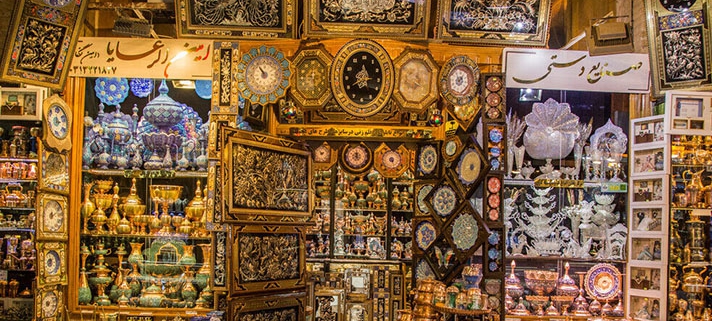
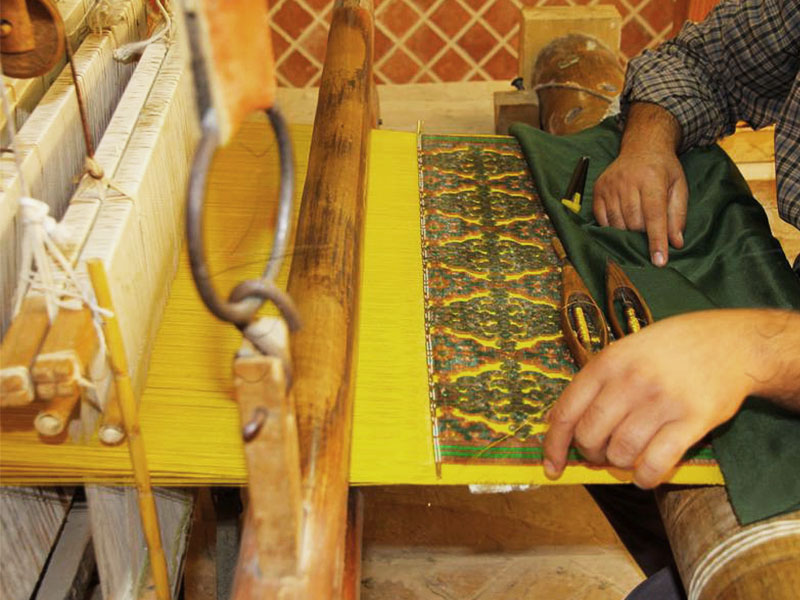
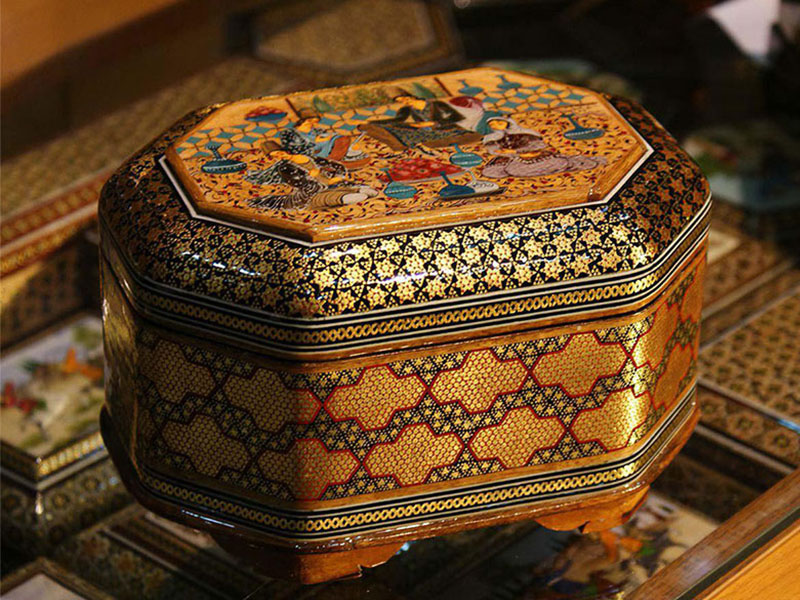
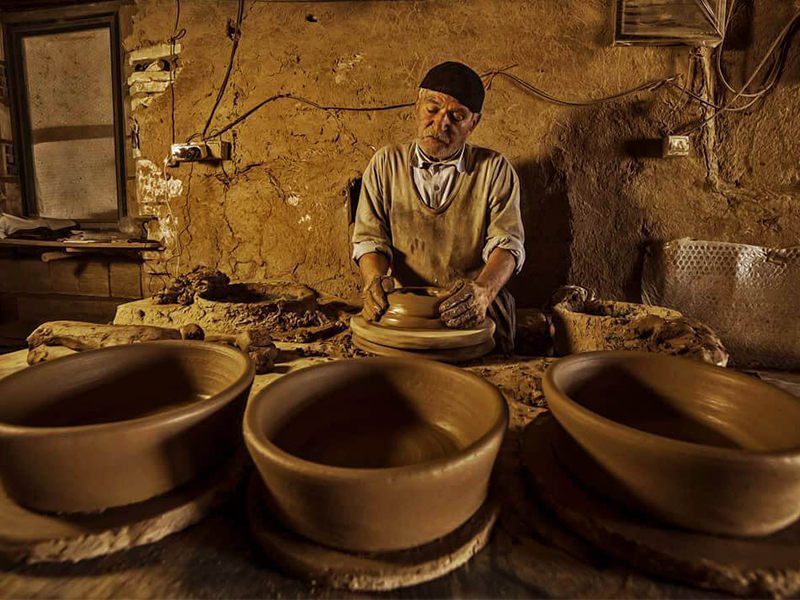

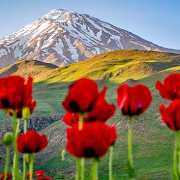
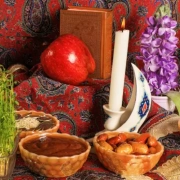
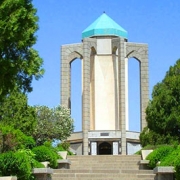

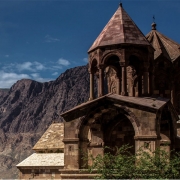
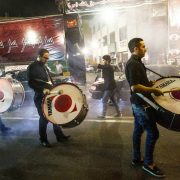
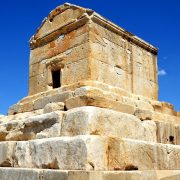




Leave a Reply
Want to join the discussion?Feel free to contribute!